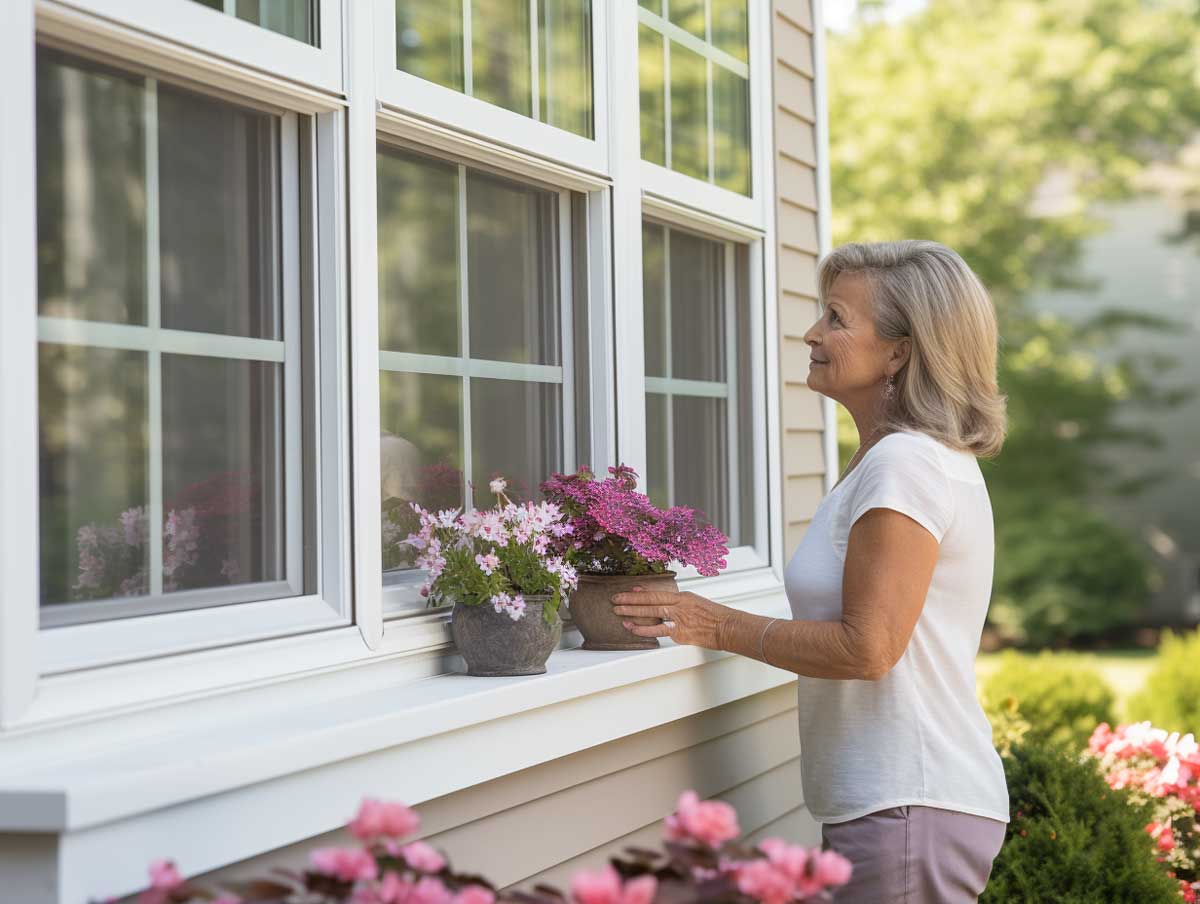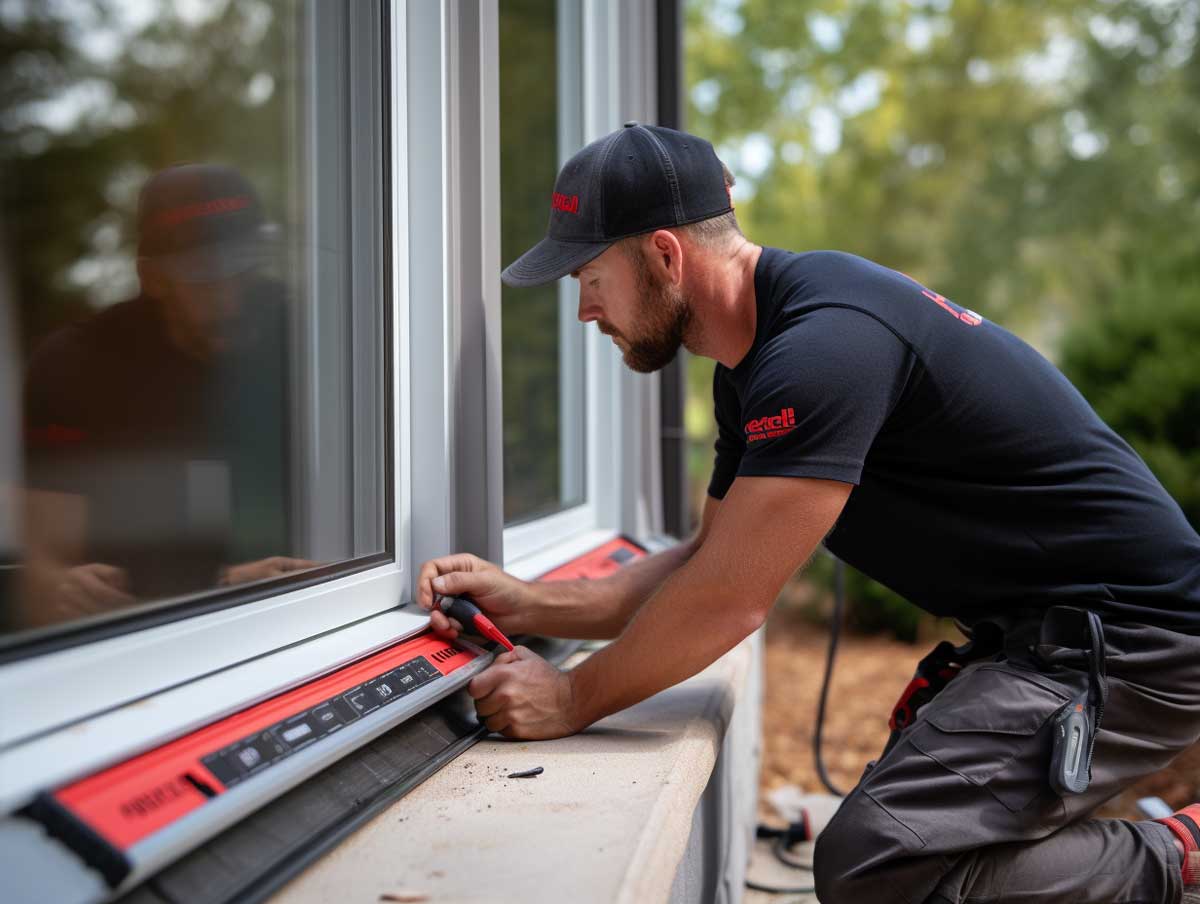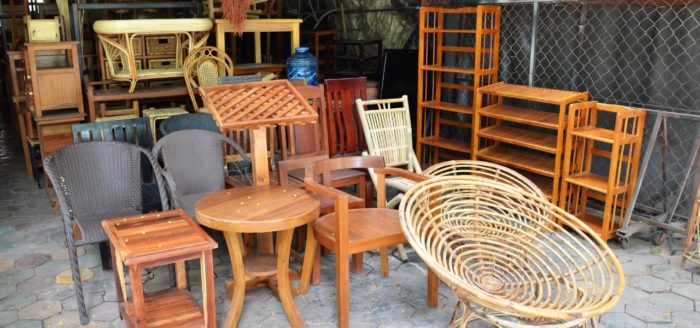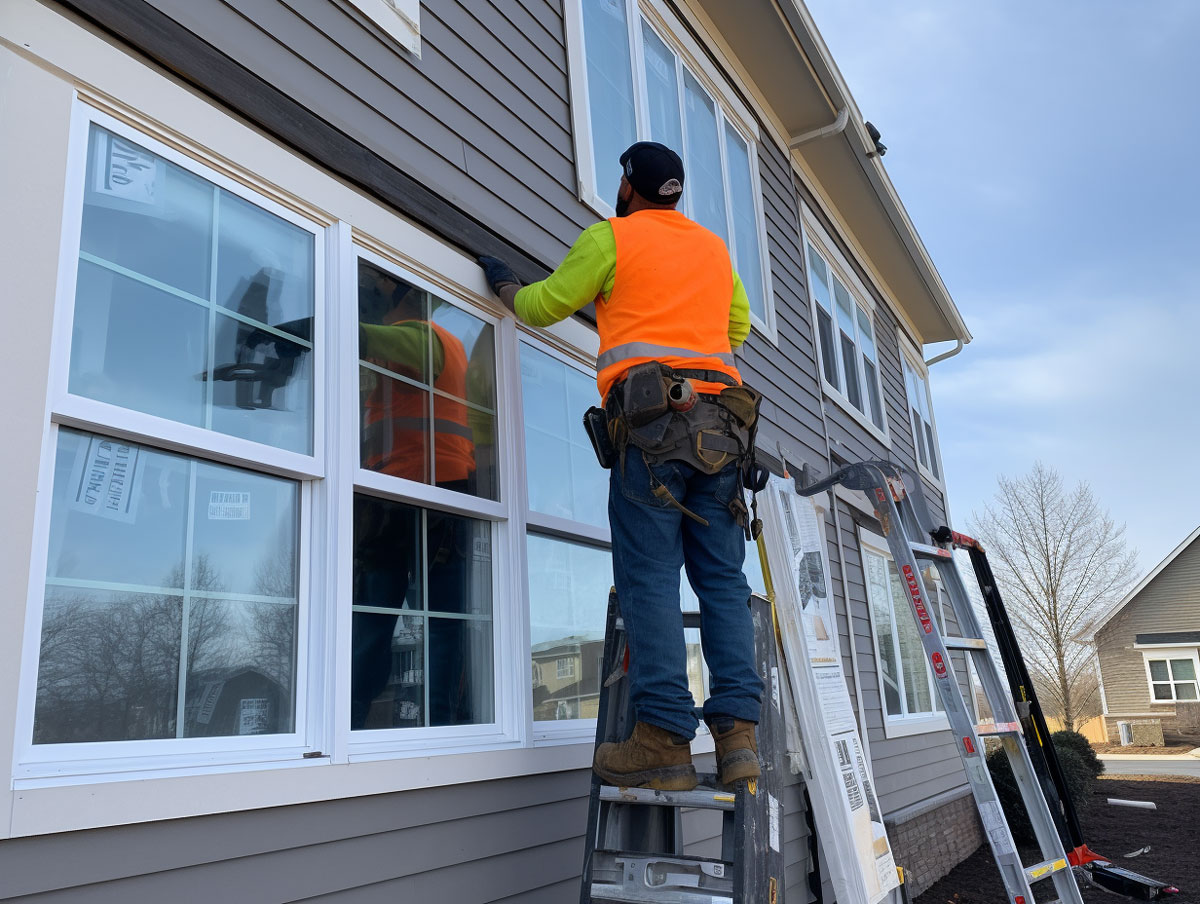The Weatherization Assistance Program (WAP) is a significant initiative that aims to reduce energy costs for low-income households. By improving energy efficiency, the program not only helps these households save money but also enhances their health and safety. But who exactly qualifies for this program? Let's delve into the details.
Dive deep into the Weatherization Assistance Program (WAP) and understand its eligibility, benefits, and impact. Learn how WAP aids low-income households, stimulates economic growth, and promotes environmental sustainability.
Understanding The Weatherization Assistance Program
The WAP is a federally funded initiative administered by the Department of Energy. It provides grants to states, territories, and some Indian tribes to improve the energy efficiency of the homes of low-income families. These improvements may include insulation, sealing off air leaks, and modernizing heating and cooling systems.
Who Qualifies For The Program
The Weatherization Assistance Program (WAP) is a federal initiative aimed at helping low-income families reduce their energy costs. The eligibility criteria may vary slightly from state to state, but generally, you must meet the following requirements:
-
Income Eligibility: Your household income must be at or below 200% of the federal poverty level. Some states may have lower income thresholds.
-
Priority Given To Certain Groups: Priority is often given to older adults, families with children, and individuals with disabilities.
-
Home Type: The program is available for both homeowners and renters as long as the landlord agrees to the weatherization. The home must be in a condition that weatherization would be cost-effective.
-
Energy Consumption: Homes that consume a higher amount of energy may be given priority.
-
Residency: You must be a U.S. citizen or a legal resident.
-
You have not received weatherization assistance from the program previously.
Application Process
The Weatherization Assistance Program (WAP) is a federally funded initiative that provides grants to states, territories, and some Indian tribes to improve the energy efficiency of the homes of low-income families. Here are the general steps to apply for the program:
-
Determine Eligibility: Before beginning the application process, ensure you meet the eligibility requirements. Generally, eligibility is based on household income and it must be below a certain threshold. Priority is usually given to the elderly, families with children, and persons with disabilities.
-
Locate Local Provider: WAP is administered by local agencies in each state. Use the Department of Energy's Weatherization Assistance Program website to find the contact information for your state's weatherization agency.
-
Application Form: Contact the local agency to get the application form. In most cases, you can also download it from their website. The form will require information about your household, income, and energy usage.
-
Documentation: You'll need to provide documentation to prove your eligibility. This will likely include proof of income, such as pay stubs or a tax return, as well as proof of residence, like a utility bill or lease agreement. You may also need to provide social security numbers for all household members.
-
Submit Application: Once the application form is filled out and all necessary documentation is gathered, submit the application to your local agency.
-
Home Energy Audit: If your application is approved, the next step is usually a home energy audit. This is conducted by a professional energy auditor who will visit your home to identify areas where energy efficiency can be improved.
-
Weatherization Work: After the audit, weatherization work will begin. This may include adding insulation, sealing leaks, and improving heating and cooling systems.
-
Post-Work Inspection: After the work is done, an inspector will visit to ensure the work was done correctly and that your home's energy efficiency has improved.
Remember, the application process may vary slightly depending on your state or local agency, so it's important to reach out to your local agency for specific instructions.
Benefits Of The Weatherization Assistance Program
The WAP provides numerous benefits. It helps low-income families save on energy costs, improves the comfort of their homes, and reduces their carbon footprint. Moreover, the program also has broader societal benefits, such as reducing energy demand and creating jobs.
The Impact Of Weatherization On Energy Consumption
The Weatherization Assistance Program (WAP) has a profound impact on energy consumption. By implementing energy-efficient measures, households can reduce their energy consumption by an average of 20-30%. This reduction translates into significant savings on energy bills, making it easier for low-income families to manage their expenses.
Health And Safety Improvements
Beyond energy savings, the WAP also contributes to the health and safety of the households it serves. By addressing issues such as inadequate insulation, air leaks, and outdated heating and cooling systems, the program helps create a healthier and safer living environment. For instance, proper insulation and air sealing can reduce drafts and make homes more comfortable during both winter and summer months.
Job Creation And Economic Impact
The WAP also has a significant economic impact. By funding weatherization projects, the program creates jobs in the energy efficiency sector. These jobs range from energy auditors to insulation installers, providing employment opportunities for a wide range of skill sets. Moreover, the money saved on energy bills is often reinvested into the local economy, further stimulating economic growth.
Environmental Benefits
Finally, the WAP contributes to environmental sustainability. By reducing energy consumption, the program helps decrease the amount of greenhouse gases emitted into the atmosphere. This reduction in emissions is a crucial step towards mitigating the impacts of climate change.
How Weatherization Works
The Weatherization Assistance Program (WAP) has been in operation for over four decades, making it the nation's premier "whole-house" energy efficiency initiative. Established by law, the program's primary objective is to enhance the energy efficiency of homes owned or occupied by low-income individuals. This not only reduces their overall residential energy expenses but also bolsters their health and safety. The program places special emphasis on aiding vulnerable demographics, including the elderly, disabled, and children.
WAP's Nationwide Reach
The WAP extends its funding to all 50 states, the District of Columbia, Native American Tribes, and the five U.S. territories—American Samoa, Guam, Northern Mariana Islands, Puerto Rico, and the Virgin Islands—through formula grants. Post the awarding of these grants by the DOE, states, tribes, and territories collaborate with approximately 700 local organizations. These encompass community action agencies, other nonprofits, and local governments. These entities employ in-house crews and private contractors to execute the weatherization services for the benefit of low-income families.
Why Weatherization Matters
Beyond assisting individual households, the WAP plays a pivotal role in rejuvenating communities. It does this by stimulating economic growth and curtailing environmental impact. For every $1.00 invested in the Program, weatherization yields $2.78 in non-energy benefits (as per the National Evaluation). These non-energy benefits translate to substantial advantages for families whose homes undergo weatherization services.
Post-Weatherization Benefits
Once a home undergoes weatherization, residents often experience a noticeable improvement in comfort and safety. The energy-efficient measures implemented ensure a consistent indoor temperature, reduced drafts, and an overall enhancement in indoor air quality. This not only leads to monetary savings but also contributes to a healthier living environment.
Innovative Technology And Practices In Weatherization
Weatherization plays a pivotal role in introducing and deploying innovative technologies, thereby fostering greater adoption within the industry. The home performance sector heavily relies on the expertise honed by weatherization. The WAP Network, in collaboration with the private sector, has established the Guidelines for Home Energy Professionals. This includes the Standard Work Specifications for Home Energy Upgrades and Home Energy Professional certifications. Moreover, weatherization agencies stimulate the American manufacturing market by sourcing products and equipment locally, benefiting businesses in their respective regions.
Frequently Asked Questions
To provide a better understanding of who qualifies for Weatherization assistance program, we have addressed some of the more common queries people have.
What is the primary objective of the Weatherization Assistance Program?
The Weatherization Assistance Program (WAP) is designed to enhance the energy efficiency of homes owned or occupied by low-income individuals. By implementing energy-efficient measures, the program aims to reduce these households' overall energy expenses. Additionally, these measures often lead to improvements in health and safety conditions within the home, providing a more comfortable and secure living environment for residents.
How long has the Weatherization Assistance Program been in operation?
The Weatherization Assistance Program has been operational for over 40 years. During this time, it has established itself as the nation's premier "whole-house" energy efficiency initiative. The program has helped countless low-income households reduce their energy consumption and improve their living conditions.
Who are considered priority beneficiaries of the WAP?
The WAP places special emphasis on aiding vulnerable demographics. This includes the elderly, who may be more susceptible to health issues exacerbated by poor living conditions, disabled individuals who require a comfortable and safe living environment, and children, who are particularly sensitive to the health risks associated with energy-inefficient homes.
What are the non-energy benefits of weatherization?
Beyond the direct energy savings, weatherization offers a host of non-energy benefits. For every $1.00 invested in the Program, weatherization yields $2.78 in non-energy benefits. These include improved health and safety conditions within the home, increased comfort, and a reduction in greenhouse gas emissions. Additionally, the program stimulates local economies by creating jobs and driving demand for energy-efficient products and services.
How does weatherization benefit the broader community?
The WAP plays a pivotal role in rejuvenating communities. It stimulates economic growth by creating jobs in the energy efficiency sector and driving demand for locally sourced products and services. Additionally, by reducing energy consumption, the program helps decrease the amount of greenhouse gases emitted into the atmosphere, contributing to environmental sustainability.
How does the WAP contribute to the home performance industry?
The home performance sector heavily relies on the expertise honed by weatherization. The WAP plays a pivotal role in introducing and deploying innovative technologies, thereby fostering greater adoption within the industry. Furthermore, the program has helped establish industry standards and certifications, contributing to the professionalization of the home performance industry.
Understanding Who Qualifies For Weatherization Assistance Program
The Weatherization Assistance Program is a valuable resource for low-income households. By understanding the eligibility criteria and application process, you can take advantage of this program and enjoy the benefits it offers. Remember, every bit of savings counts, and improving your home's energy efficiency is a step in the right direction.
Learn more about home improvement assistance programs by exploring our resources. Visit Gov Relations and read our guide on popular non-profits & charities that help with home repairs.







